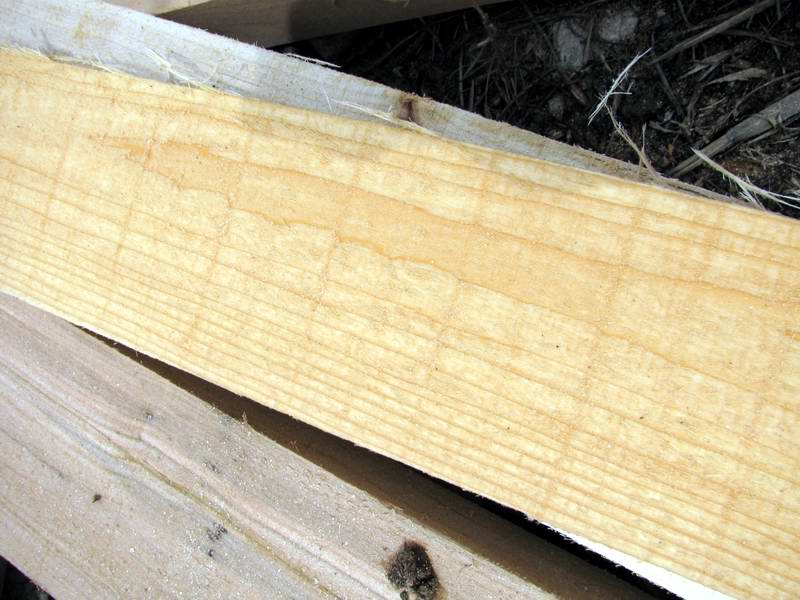Different Kinds of Cedar
A quick run-through of the various tree species commonly referred to as "Cedar". January 19, 2012
Question
I was giving a tree ID contest today and the tree in question was an Eastern red cedar that had dead branches 2/3 of the way up the tree. One of the FFA kids said something to the effect: The tree is almost dead! My reply was: In time it will make someone a nice cedar log (oops!). First time for me giving a tree away. Well, ERC trees are pretty easy to ID! Looking back it was funny, but somewhat embarrassing.
Forum Responses
(Sawing and Drying Forum)
From contributor A:
I wonder how many still missed the tree ID.
From contributor R:
I'm down here in North Florida, and if I'm not mistaken, aren't there two types of cedars? Here in the southeast, one is the eastern red cedar, which commonly has an irregularly shaped base, and most often will have rot marbling through the middle. The southern red tends to grow more round and pole like, with less chances of rot in the middle...?
From the original questioner:
Seems like I recall the two ERC... If so, I believe the market carries both as aromatic cedar.
From contributor M:
The most common cedars are western red cedar (Thuja plicata), which some people mistakenly think has been treated with banana oil (no such thing) because of its odor; incense cedar (Calocedrus decurrens), the wood most pencils are made of; eastern white cedar (Thuja occidentalis), often used for fenceposts and rustic furniture; and eastern red cedar (Juniperus virginiana), also used for fenceposts, but known for its very pleasant odor when used in closet linings, cedar chests and small boxes. This last is not actually a cedar at all, but of course a juniper, just as tulip poplar is not a poplar, and Douglas fir is not a fir.
From contributor W:
There are two cedars in the South, Juniperous virginiania, eastern red cedar, and Chamaecyparis thyoides, Atlantic white cedar. The wood between the two is very different.
